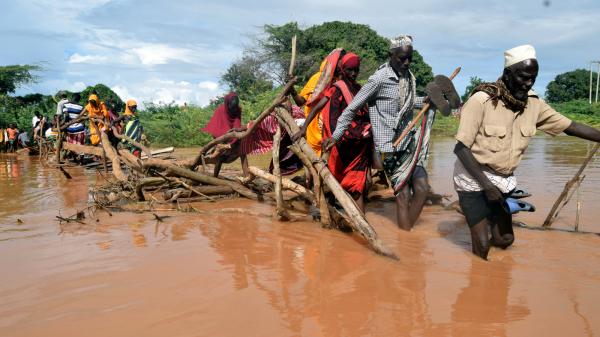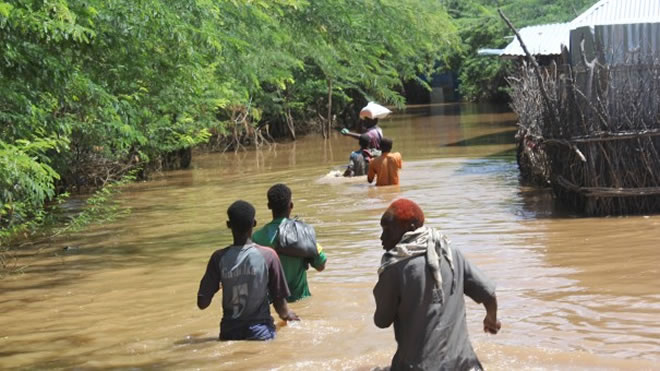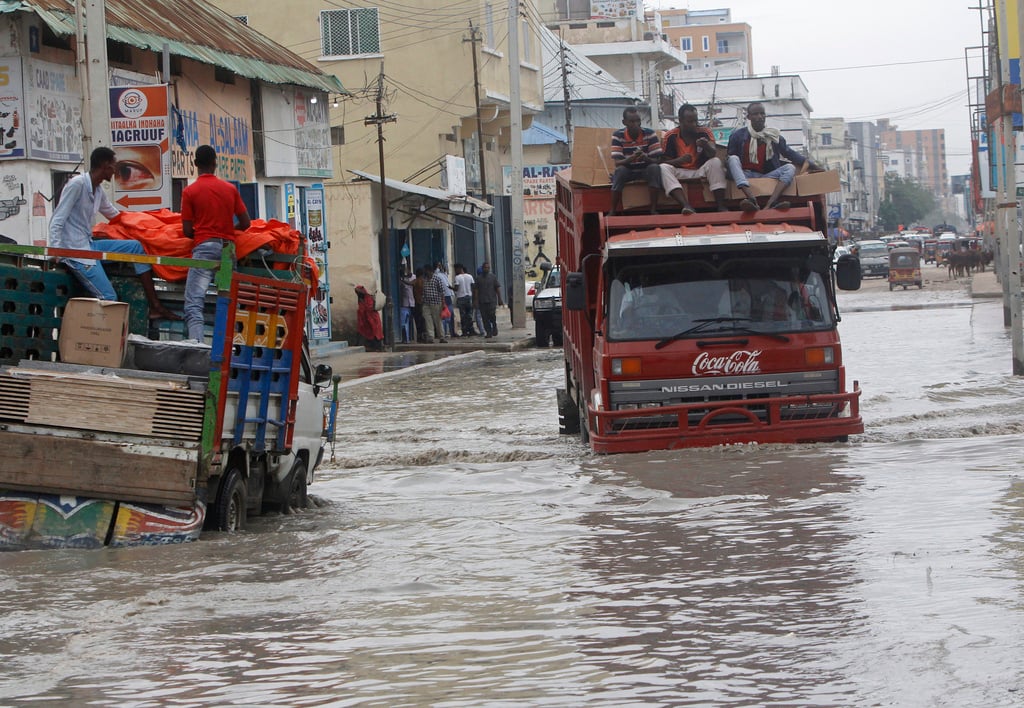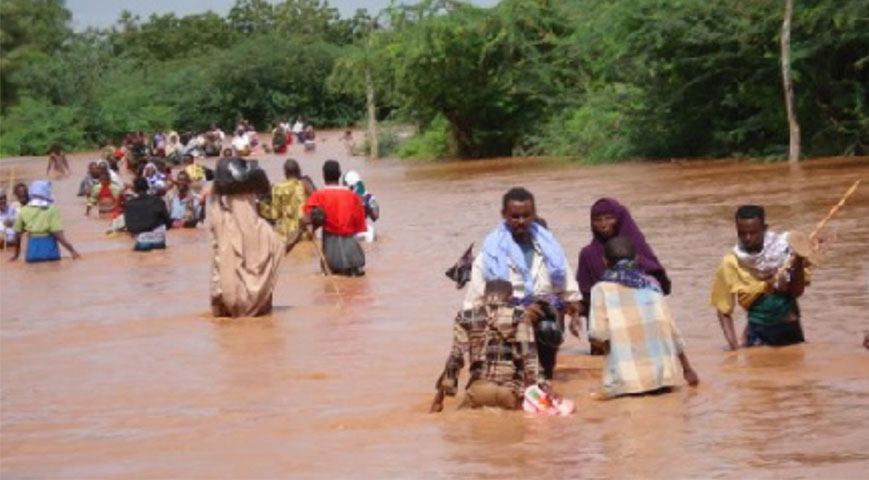Flash flooding caused by severe rains in Somalia has left at least 50 people dead, with nearly 700,000 others forced to flee their homes.
According to a government official, the country's situation is projected to worsen with more heavy rains starting on Tuesday.

"Fifty people were killed in the accident... while 687,235 individuals were forced to abandon their homes," Somali Disaster Management Agency chief Mohamud Moalim Abdullahi said during a news conference on Monday.
Did you read this?
"The expected rains between 21st and 24th of November … may cause more flooding which could cause death and destruction." he added.
Heavy rains and floods linked to the El Nino weather phenomena have killed dozens of people and caused widespread displacement, particularly in Somalia, where the rains have wrecked bridges and submerged residential areas.

The floods and torrential rains have had "catastrophic" implications for hundreds of thousands of people who have lost their houses and belongings, as well as their livestock and crops, according to the International Rescue Committee, which added that more than 1.7 million people are in "urgent need."
“With above-normal rainfall expected to persist until the end of 2023, this will exacerbate the already grave humanitarian situation, whereby 4.3 million people, a quarter of the population are expected to face crisis-level hunger or worse by the end of 2023,” the aid agency added.
According to the non-governmental organisation World Vision, the recent floods have wrecked houses, schools, and roadways, leaving children without basic necessities such as shelter, food, and drinking water.

According to the United Nations humanitarian agency OCHA, the number of people displaced in Somalia by torrential rainfall and flooding "has nearly doubled in one week."
Save the Children, a British charity, claimed on Thursday that flash flooding had killed more than 100 people, including 16 children, and forced hundreds of thousands to flee their homes in Kenya, Somalia, and Ethiopia.
The Horn of Africa is one of the most vulnerable regions to climate change, and extreme weather events are becoming more frequent and intense.









